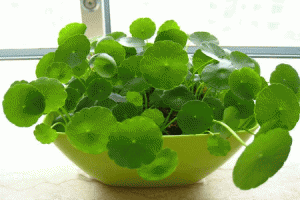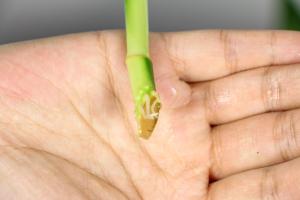Introduction
Tree intercropping is an agroforestry practice which involves growing crops in the same area as trees. This practice is beneficial for both crops and trees. Crops grown in tree intercropping systems have access to the benefits provided by trees such as improved soil quality, reduced soil erosion, and shade. On the other hand, trees benefit from the complementary land-use and improved nutrient cycle.
The Benefits of Tree Intercropping
Many crops can be grown in tree intercropping systems, depending on the location and the characteristics of the trees. Some examples of crops that can be intercropped with trees include coffee, cocoa, bananas, maize, beans, and vegetables. In addition to providing shade, trees can also improve soil fertility by nitrogen fixation, litter decomposition, and root exudation. This can lead to higher yields and better soil quality for both the tree and the crops. Furthermore, tree intercropping can help to reduce pests and diseases, increase biodiversity, and provide sustainable livelihoods for farmers.
Factors Influencing Crop Yield in Tree Intercropping
The yield of crops in a tree intercropping system depends on several factors such as the location, soil type, tree species, planting density, and cropping system. It is essential to select the right trees and crops and plan the planting densities and arrangements. For example, planting coffee trees at a lower density (1,600 trees/ha) can increase the yield of the crop by up to 30% compared to higher densities (3,200 trees/ha). Likewise, intercropping maize and beans with calliandra trees can significantly increase the yield of maize and beans. Proper management of the system, including pruning, weed control, and nutrient management, can also lead to higher crop yields.
Challenges of Tree Intercropping
Despite the many benefits of tree intercropping, there are also some challenges that need to be addressed. One of the main challenges is the initial phase of the intercropping system when the trees are still young and require regular maintenance. During this time, farmers need to invest time and resources to protect the trees from pests and diseases, provide necessary nutrients, and control competing vegetation. Another challenge is the impact of trees on crop yield, where the tree's canopy may not allow for optimal crop growth. Lastly, there may be a lack of knowledge and resources for farmers to adopt tree intercropping practices, especially in developing countries.
Conclusion
Tree intercropping is a sustainable land-use system that can enhance soil quality, biodiversity, and agricultural productivity. The success of a tree intercropping system depends on selecting the right trees and crops, planning planting densities and arrangements, and proper management of the system. Governments and researchers should invest in research and extension services to promote tree intercropping as a viable alternative to traditional land-use practices.

 how many times do yo...
how many times do yo... how many planted tre...
how many planted tre... how many pine trees ...
how many pine trees ... how many pecan trees...
how many pecan trees... how many plants comp...
how many plants comp... how many plants can ...
how many plants can ... how many plants and ...
how many plants and ... how many pepper plan...
how many pepper plan...

































